

Andy Br
-
Posts
44 -
Joined
-
Last visited
Content Type
Profiles
Forums
Events
Gallery
Blogs
Store
Posts posted by Andy Br
-
-
That's interesting thanks. Might give one of those a go next time. The cost of replacement parts for the others is just crazy. Cheers
-
An old post I know but just seen it.
ARS/Parker hydraulic drive with bow thruster here, driven by a big old plodding Perkins. I should imagine it would be eye wateringly expensive to kit out now but I love it, very smooth and controllable, right down to a crawl and more than enough grunt to do the Ribble Link and still leave new narrowboats for dead (albeit with a bit of a smoke haze astern....)
I keep the oil and filter clean and just use it, boats don't do many hours compared to what the pumps are built for- constant industrial use.
Make sure you stick a big strong magnet somewhere in the tank below the oil return to catch any bits of steel.
From an environmental/pollution point of view I have slowly replaced all hoses with way over spec (I think 500 bar versus 300 bar as I remember) to negate the fact that we don't change the hoses as often as the makers recommend. Only slightly more expensive and made up at my local hydraulic shop. I have also only run hoses in places where an immediate burst would only spill oil inside the boat. I did re- route the bow thruster hoses as they ran above the well deck, potentially spilling straight overboard through the scuppers. I am also considering changing the oil for biodegradable oil in case of a spill.
Another useful safety point- I have installed an automatic fire extinguisher in the engine space- a burst hose at 200 bar spraying oil straight onto the engine manifold would be a bit of a fire risk to say the least.
-
Did you get the Hcalory heater installed and if so I would be very interested to know how it's running. The price tag is very tempting compared with the Weberspachers, Thanks!
-
Many thanks for your replies all, very helpful.
-
1 hour ago, jonathanA said:
I'd just add it can be a bit tight to get there for 14.00. Last time we went thru we just missed it along with 2 or 3 others. There are worse places to wait although it was a fair walk, maybe a mile to some shops for a paper. I'm not sure I'd stay there overnight but a short sail takes you to some reasonable moorings through the next swing bridge IIRC.
Thanks for the info 👍
-
Many thanks Derek, very helpful.
It looked like there was but wasn't sure of any unforseen extra delays.
Cheers 👍
10 minutes ago, dmr said:We used to do Liverpool a lot, but not for a few years now so some arrangements might have changed. I remember we were usually moored up at Melling by mid afternoon so as long as you don't hit any delays you should be ok. There used to be several volunteers on the Stanley locks which helped speed things up.
Many thanks DMR 👍
-
Hello,
I am booked to take my boat up out of Liverpool Marina and onto the Leeds Liverpool canal next week.
I have never done it before so just a quick question to anyone who has done it.
I note that the start time is 08.00-09.30 at Mann Island. I intend to be there at 08.00.
Does anyone know of there is enough time to get to Bridge 9 on the LL, Handcocks Swing Bridge, before 14.00? I note that the swing bridge is closed between 14.00 and 18.00 so would really like to get through that before losing 4 hours. I am not sure how much time is spent locking through and whether there is any extra delays.
Many thanks,
Andy
-
On 20/06/2024 at 11:36, Paringa said:
There is one for sale used on ebay...
Jabsco Touch Operated Control Panel Cable for Deluxe Flush Toilets 10H31000 | eBay
Many thanks, I saw that but not sure if it's the correct innards. Will take mine apart and have a look. Thanks!
-
Hello,
I have a Jabsco toilet control panel, I am starting to have a few issues with a couple of the buttons not working intermittently.
Reluctant to fork out £140 for a new one if I can fix it myself. I am wondering if they are tactile buttons soldered into a pcb that I can replace.
Anybody else have any experience with these?
I am not currently on my boat to investigate further.
Many thanks,
Andy
-
1 hour ago, IanD said:
He doesn't want to know more, he just wants to argue that he's right by nit-picking -- and not for the first time... 😉
Well I have just returned to my marina and done a tight 180 degree turn in 25 knots of beam wind in one go- something I could never have done without either bow thruster or going astern a few times before I modified my rudder. So I am very happy.
Ian D I would be very interested to know how your rudder performs when you get your boat finished- please let me know- I may well go the whole hog and fabricate a proper Schilling.
Everybody else can stick to their flat plate rudders!
-
 1
1
-
-
12 minutes ago, Tacet said:
I have no doubt that a Schilling rudder is more effective than its plate counterpart.
But that diagram does not indicate that all the
thrust is deflected at 90 degrees to the propeller. If it did, the ship would turn about its own centre of mass, that is about in its own length whereas the diagram shows three times its length is required even at IanD's 70 degrees.
The diagram above is a full speed ahead turning circle, not an indication of manouvring ability, i.e. the ship was doing probably 15 knots ahead before the turn. Look at the photo of the ship above you can clearly see the wash coming out approx 90 degrees to the ship. You can also read the text below, that was a scientific paper by a couple of Naval architects.
If you are interest in knowing more, there is plenty on the internet.
-
 1
1
-
-
1 hour ago, Tacet said:
If the rudder can't reach beyond 65 degrees, the diagram can't show (and doesn't show) what happens at 70 degrees. Which you said it did, and I say it doesn't.
There is no point discussing what a certain diagram shows or does not, Schilling rudders are proven technology and they do work very well. They can deflect the thrust 90 degrees to the propeller and yes I have experienced a couple of ships that have started creeping astern with hard over rudder and slow ahead engine. We also work with a minimum of 10% of the ships draught underkeel clearance- i.e. equivalent to the average narrowboat having 7.5 cm underneath. Therefore most marinas are not restricted water and there is no reason why a Schilling rudder should not work on the canal. (My own 'Heath Robinson' attempt definitely does).
The original point of my post was to see if anybody had any actual experience of them on a narrowboat.
This diagram is just simply the turning circles of a ship in relation to the ships length. (L)
-
5 minutes ago, IanD said:
It's a new boat being fitted out now, will hit the water next spring.
If people want to take the view that 'my flat plate is just fine" or "the hull matters more" or "why bother on a narrowboat" then that's OK, but they're ignoring the fact that there's lots of actual evidence that a Schilling rudder is better for low-speed manoeuvring -- including from a couple of knowledgeable people who've posted on this forum (Dalslandia, Dutch?).
I suspect the real reasons there aren't many on the canals is that most people don't care, and most of those that do aren't going to pay to get one made and fitted to replace what they've already got -- if you're having a new boat built then the cost is a small addition (a few tenths of a percent), but few people will shell out for a new rudder when they could buy an awful lot of beer instead... 😉
Absolutely spot on. Plus builders have a load of bottom plate offcuts to use up on something....
My rudder that cost me a couple of angle grinder blades and a score of welding rods is a vast improvement so hopefully will encourage a few more to have a play.
-
13 minutes ago, Loddon said:
From what I have read that prop would be the first thing I would change.
Who is the shell builder?
It's a Reeves so a decent boat, if a little full in the swim. Its trying to match a prop to the hydraulic drive that only runs at 500 rpm. Might have a look in the future although, with my rudder mod, I'm pretty happy with it now. One good thing is with the Axiom it stops so fast in astern. Great with kids and inexperienced wife helmsmen!
-
12 minutes ago, Tam & Di said:
Horses for courses, as they say. There is an enormous difference between a ship at sea and a narrow boat on a canal, and factors other than rudder size/style come into play. Having owned and worked craft from freight narrow boats to motor barges on the Thames and estuary, small coastal ships, and 24m-38m working craft on continental canals, I would suggest that hull design and engine:propellor relationship are probably more significant factors.
If you have no control over these, then changing the rudder on a craft that does not handle well could make a large difference, but it is not the be-all and end-all of boat design. The key phrase there is having "a boat that does not handle well" in the first place.
Tam
p.s. This is not meant as a put-down, and if you want to play with your rudder design, who am I to criticise. 🤷♂️
Yes you are bang on but not much I can do to the boat design (which is pretty much perfect for us otherwise) and not much I want to do (costwise) in changing propellers and engines. The rudder however I can attack with welder and angle grinder in one day while the kids are at school!
I'd love to try a different prop, it's currently an Axiom with hydraulic drive.
-
 1
1
-
-
5 minutes ago, Loddon said:
That's a lovely looking swim! That is possibly why.
-
3 minutes ago, dpaws said:
For the trailing edge a Schilling profile should be concave, not convex. This increases the straight-line stability, otherwise she'll tend to wonder.
Unfortunately concave angle iron offcuts cannot be found in skips readily 😂. Yep definitely some tweaks I can make.
-
1 minute ago, matty40s said:
2 other threads...
All I can say looking at your design is that I hope you dont have to reverse very often!!
Yeah I go astern a lot, especially if it's my nearest winding hole. I don't see its made any difference and anyway I cheat and steer with the bowthruster. 😉
Interesting Matty, I will read those other posts tonight thanks.
-
28 minutes ago, Bee said:
I'm surprised it makes much difference as narrowboats are not usually hampered by lack of rudder movement, 90 degrees either side of dead ahead is achievable even if that is not desirable. On our boat with a hydraulic ram providing the movement it took a while to get enough side to side swing to make the boat turn tightly enough. Eventually we have got about 40 degrees or maybe a bit more and that is OK for tricky turns. Interesting though, a bit of flat plate flapping around on the back of the boat has always seemed a bit crude.
It really has made a huge difference.
Normal rudders (on ships at least) start to stall at angles much over 30 degrees and yet I have seen Schilling rudders go to 70 degrees and act just like stern thrusters. How much part the 'aerofoil' section plays in this I don't know, it certainly smooths the flow.
It just needs a few more people to tinker about with their rudders and report back! Im sure the standard narrowboat rudder can be much improved on with a few tweaks. It is very rare that you see modern ships (at least smaller ones designed for coastal use) built without some kind of high lift rudder these days and I notice the continental river barges have gone for at least 2 schilling rudders per propeller. My first experience of a Schilling rudder was watching a 55,000 tonne bulk carrier go perfectly sideways in conjunction with bowthruster. Awesome sight and thought then I would fit one if ever I got a boat.
Be interested to hear if anyone else has had a tinker!
-
That is a lovely looking rudder Ian! Did you have a conventional rudder on the same boat previously to compare with? I wish now I had done some measurements with a strain gauge or something to quantify the lift. I also wish I had added the balance and wedge one by one to see how much effect each has.
You are right about the balance for a tiller narrowboat. I will grind a bit off. I have a drawing of a real one on a ship I sailed on and it was about 40 percent balance but as you say 30 percent would probably be better.
-
Hello,

Just posting this on here if anyone is interested. I tried doing some research and not a lot available RE narrowboats and high lift rudders and none (I could find) with any follow up on performance.
Background- I hired a few narrowboats before I bought my own. The hired ones varied in steering response when maneuvering- one in particular was excellent with very little forward movement and maximum turning effect at full helm and dead slow ahead. The others were okay. My own boat was pretty rubbish in comparison. Large angles of helm resulted in mainly forward movement and very little turning moment. I know the shape of the swim can affect handling but there is not much you can do about that once a boat is built! Mine has a fairly full swim. All the boats have a conventional narrowboat flat plate rudder and the only difference I can see is that my own boat is a bit bigger and has an Axiom prop (okay let's not start on that..).
Whilst not being experienced in narrowboats I have an extensive experience on sea boats, and a career manoeuvring ships. "High lift" rudders on ships increase the maneuverability immensely. For those who are not aware "high lift" rudders fall into two main categories- ones with a moveable flap that articulate through a mechanical linkage- known as 'flap rudders' (also known as Becker rudders- trade name- others are available- eg Barke, Hinze). The other type is the 'Schilling' type which is a solid rudder with no moving parts and features a trailing fish tail section. They tend to be well balanced with approx 40 percent area forward of the stock. From a pure ship handling point of view they are equally as good (in my humble opinion) so I opted for the 'no moving parts' experiment and armed with my welder and angle grinder decided to try to make a simple Schilling rudder and see if it made any difference. I didn't want to go mad and make something that weighed a ton so I decided to cherry pick the features of the Schilling that (I assumed) would make the most difference and I could quickly and easily replicate. Schilling rudders have an 'aerofoil section' which I decided not to bother with- I would retain the flat plate rudder as much as possible. They also have quite large plates top and bottom to help direct the flow- again I didn't want to add too much weight to something I was going to have to lift back on with a wetsuit! So I decided that increasing the area of the rudder forward of the stock to balance it as much as possible and adding a trailing wedge was going to be my limit.
I will attach photos of my simple mod which was simply grinding 3 inches off the back of the rudder and welding it on the front and replacing the 3 inches missing from the back with a piece of 4 inch angle iron. I had previously checked that there was loads of distance between the prop and the rudder.
The improvement in manoeuvring is absolutely immense and handles far better than any of the hired narrowboats. Hard over and dead slow ahead there is no forward movement, only turning moment- possibly even a tiny bit of sternway. Normal running on the canal is not adversely affected in any way, no vibration. The only thing is with the extra balance the steering is very light and won't automatically centre if I let go of the tiller. When I lift her out for blacking I may grind half an inch off the balance to try to improve on that.
just thought it might be of interest to someone.
Cheers,
Andy
-
 2
2
-
-
I'm no expert on them but I think there is a temperature sensor on the return pipe and the heater goes to low power when that water is above a certain temperature, i.e. all the heating system hot enough.
A smaller heater working hard to maintain the radiators temperature has a better life expectancy than a larger heater keep cycling low and high.
That is my understanding anyway. Of course I have a mark 1 wood burner as well...
-
I have just swapped my Eberspacher 5kw for a 4kw Webasto. The 5kw was too big and cycling on and off. There is not a noticeable difference in heat output but the Webasto is sooooo much quieter!
-
 1
1
-
-
On 09/03/2022 at 10:07, Tracy D'arth said:
It will cost you more than the price difference between the marine and the auto one.
I have thought about making a 14v battery to overcome this problem.
Hmmm thanks for that. I will email some dealers and see what they say.


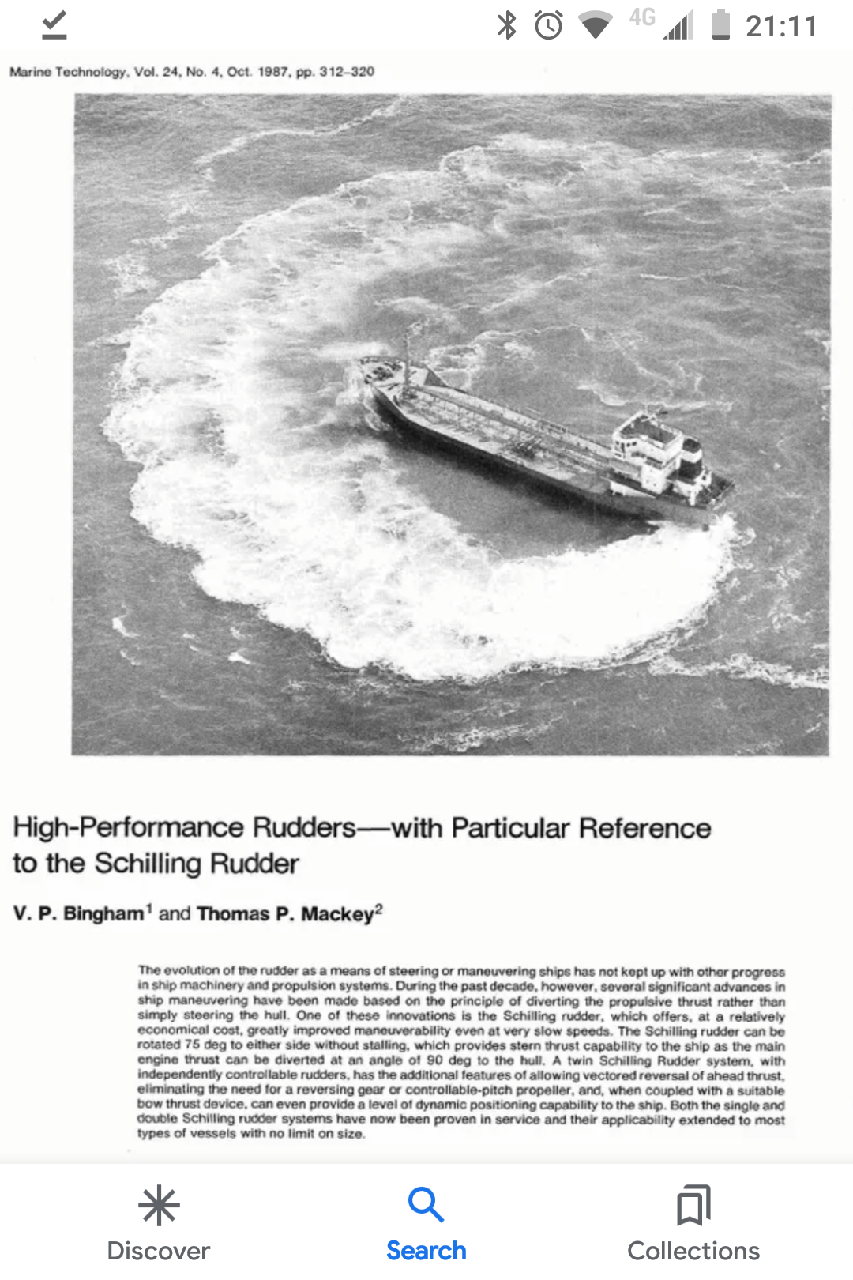
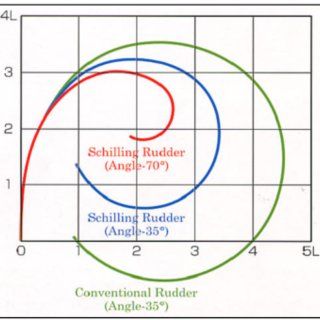
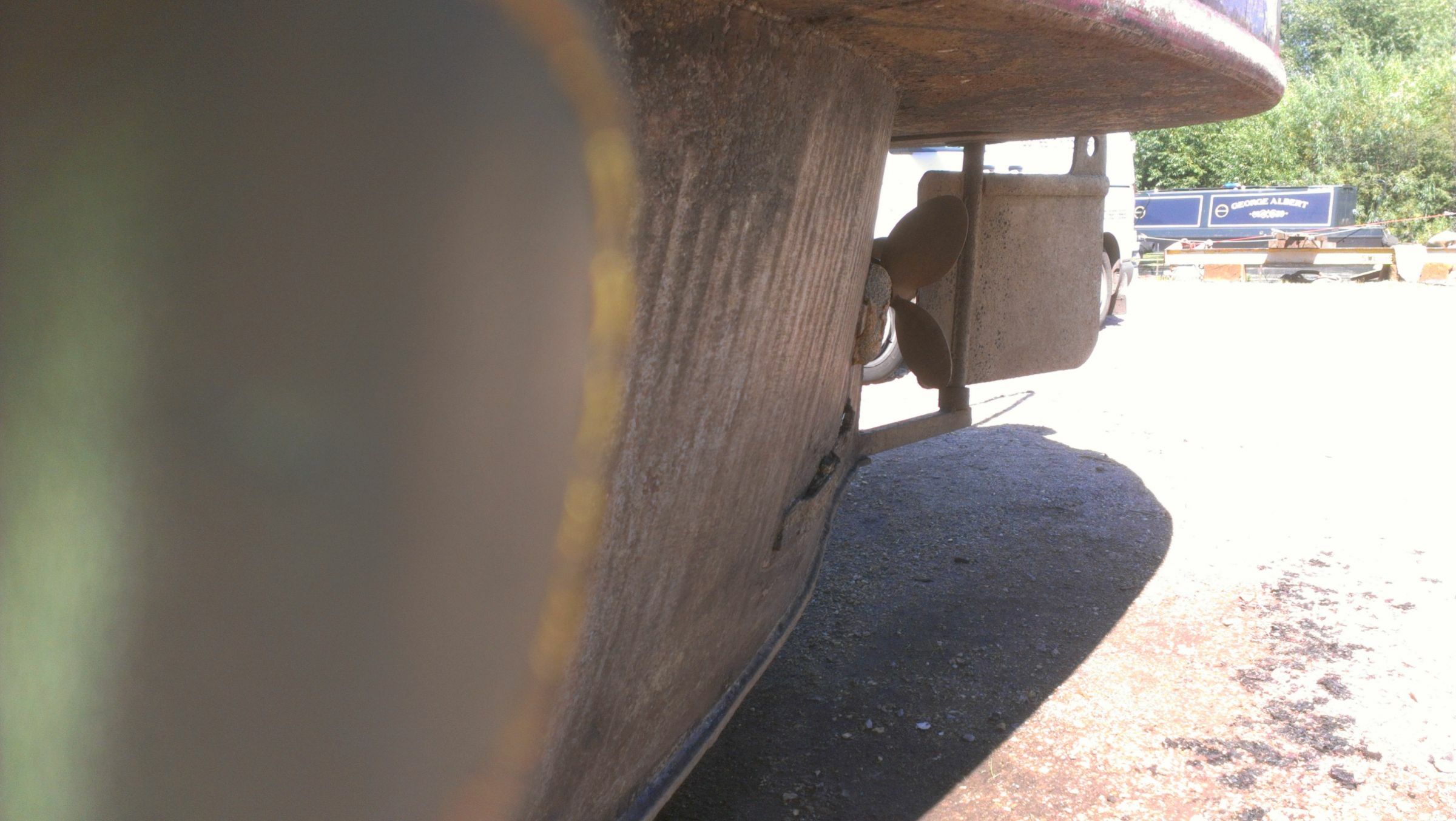
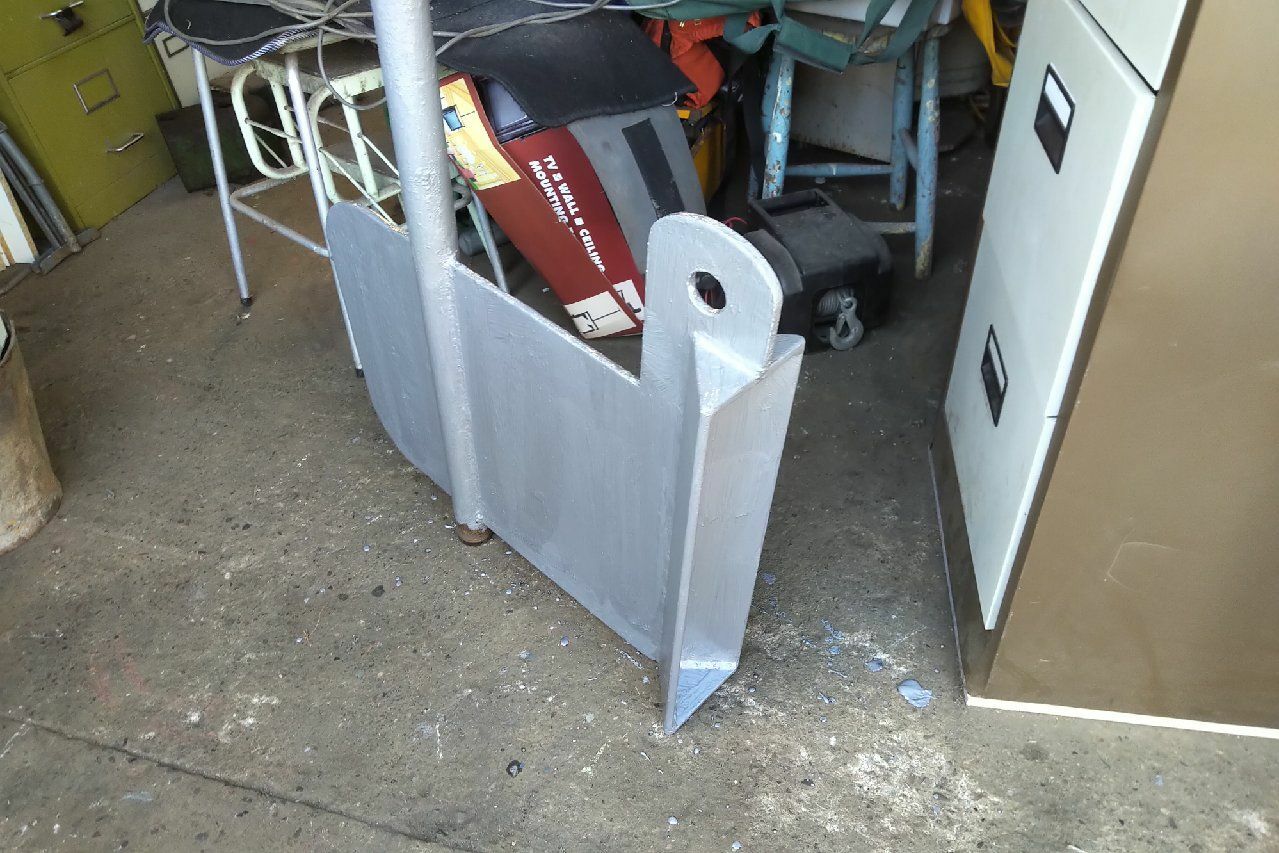
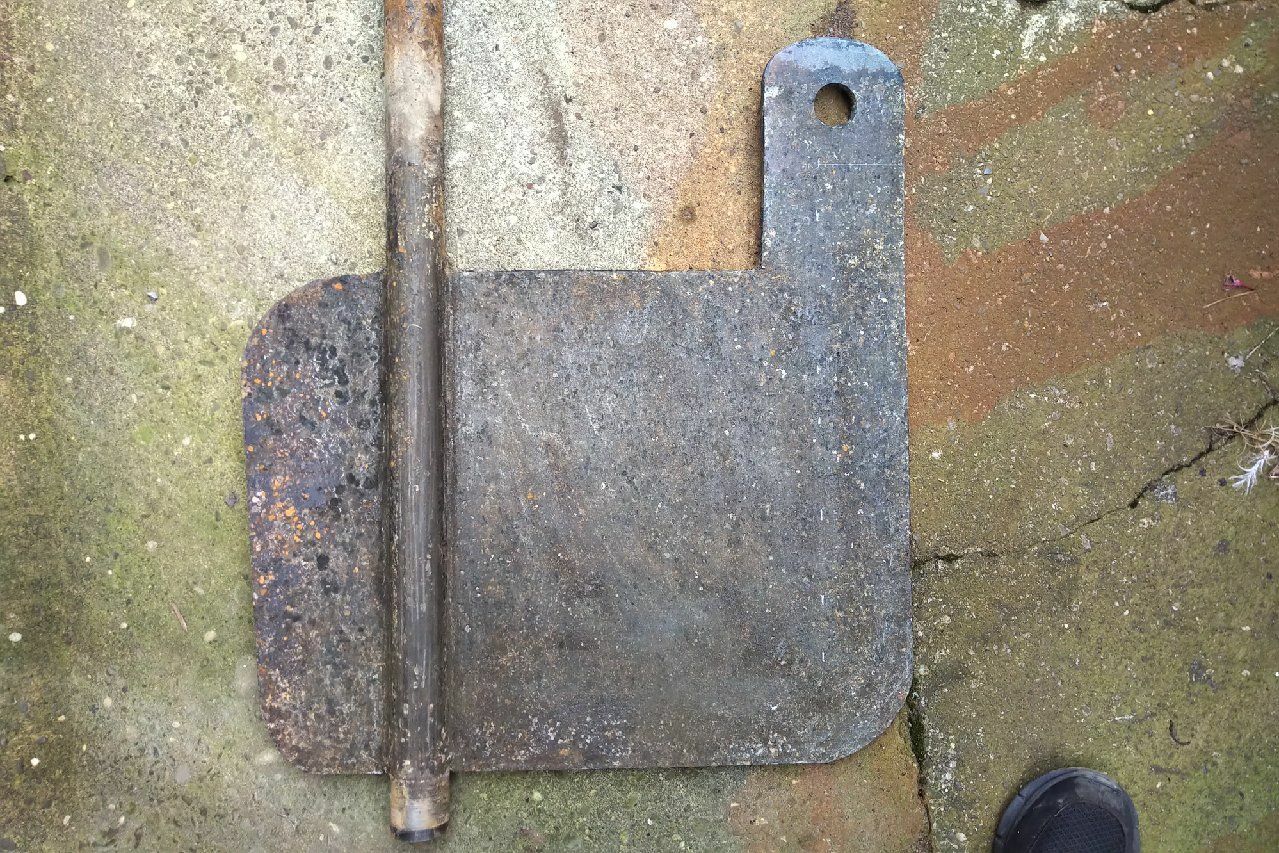
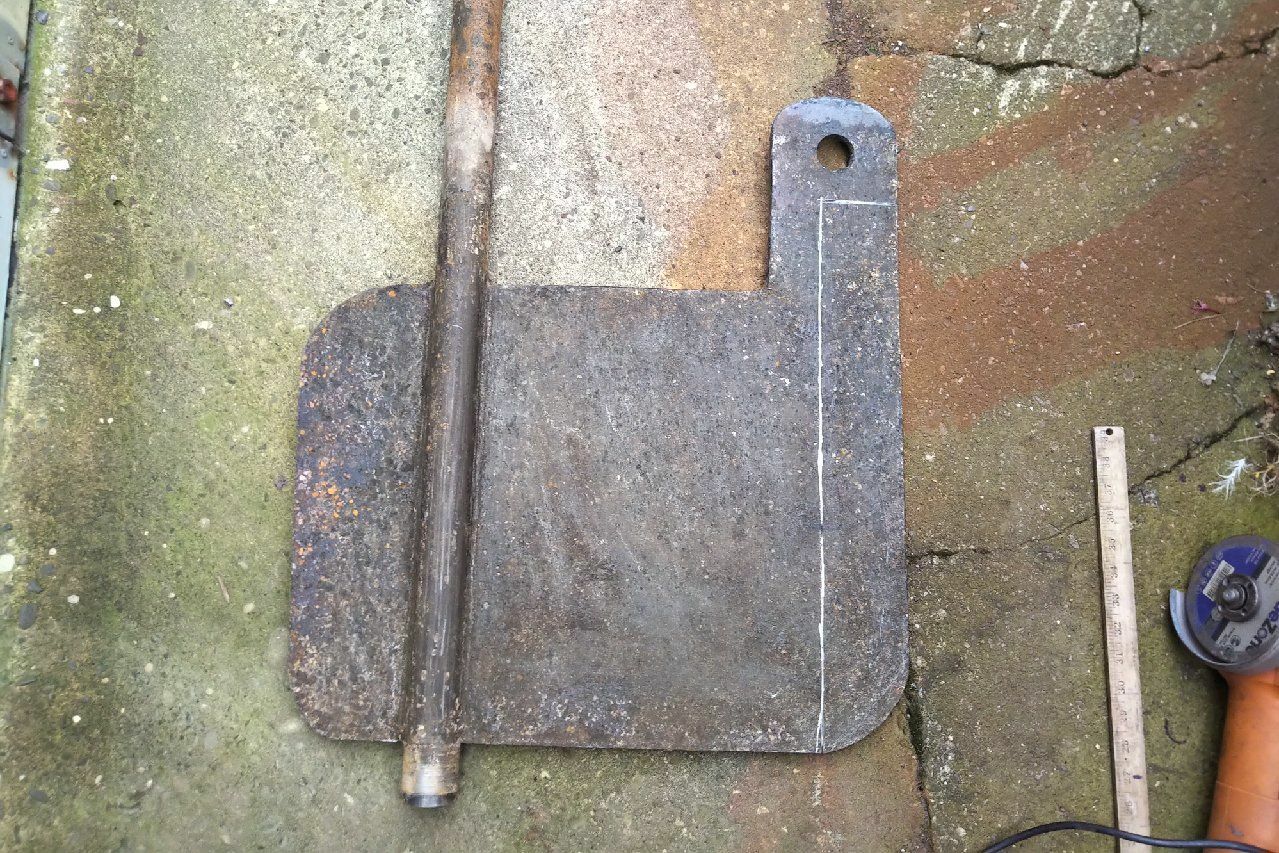
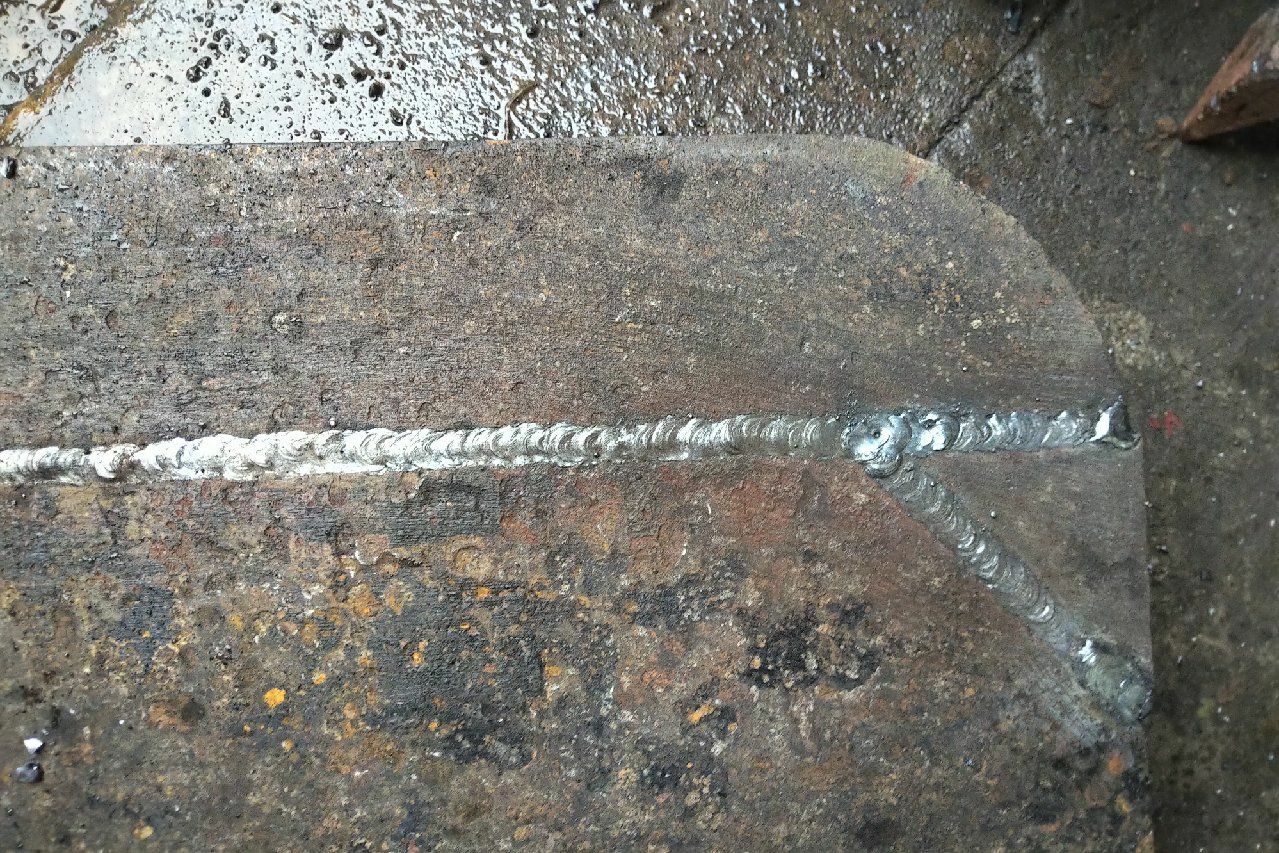
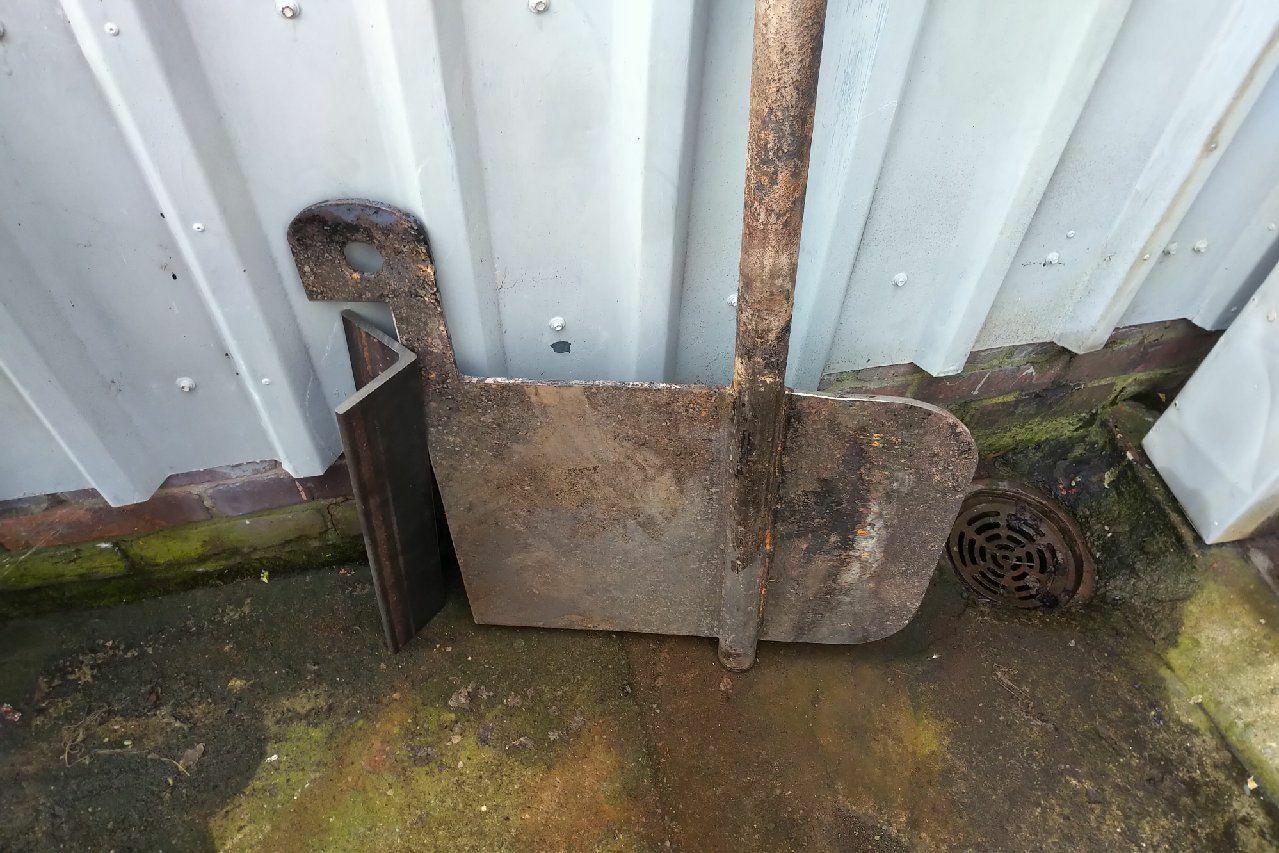
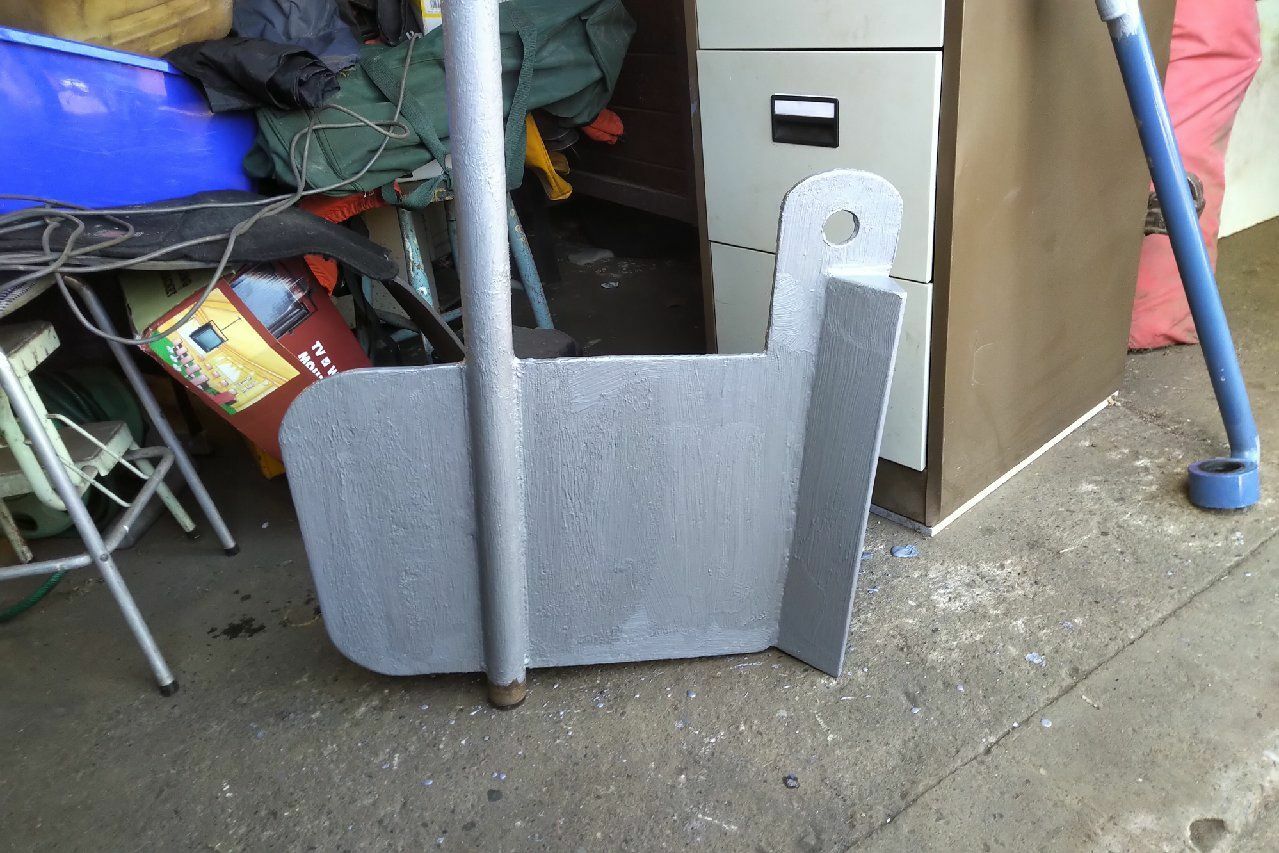
Blast and epoxy boatyard Leeds Liverpool, Lancs
in Boat Building & Maintenance
Posted
Hello,
Anybody able to recommend a boatyard to blast and epoxy the baseplate and side bottom of a 60' narrow boat please?
I'm on the Leeds Liverpool, Lancashire end so North West only please.
Happy to do the epoxy myself, it's the blasting facilities mainly.
I know a couple of places that will do it but seeing if there is a cheaper option somewhere.
Thanks
Andy